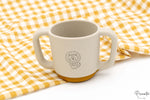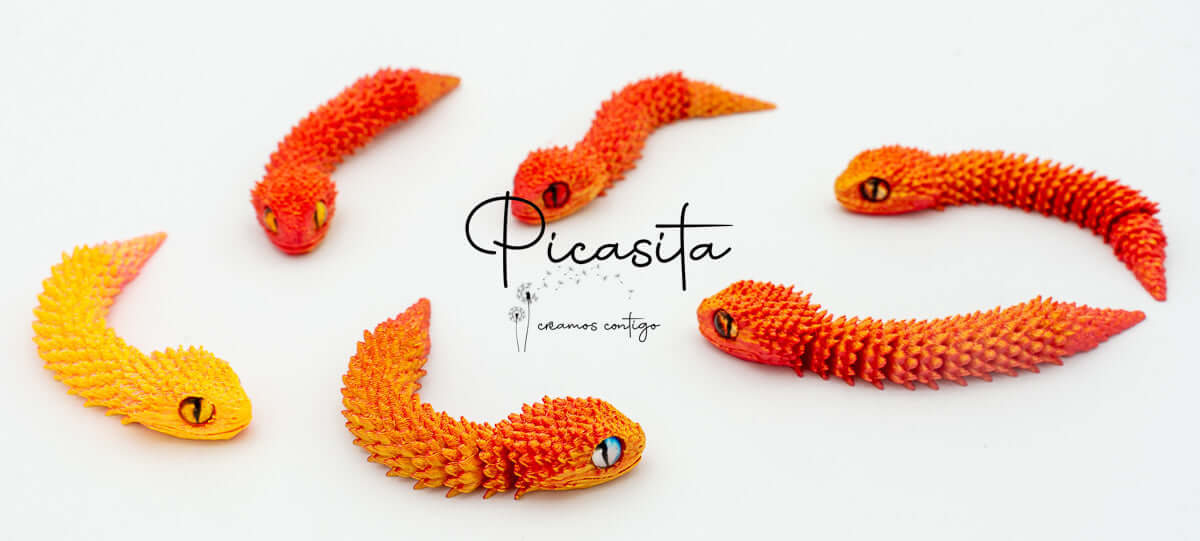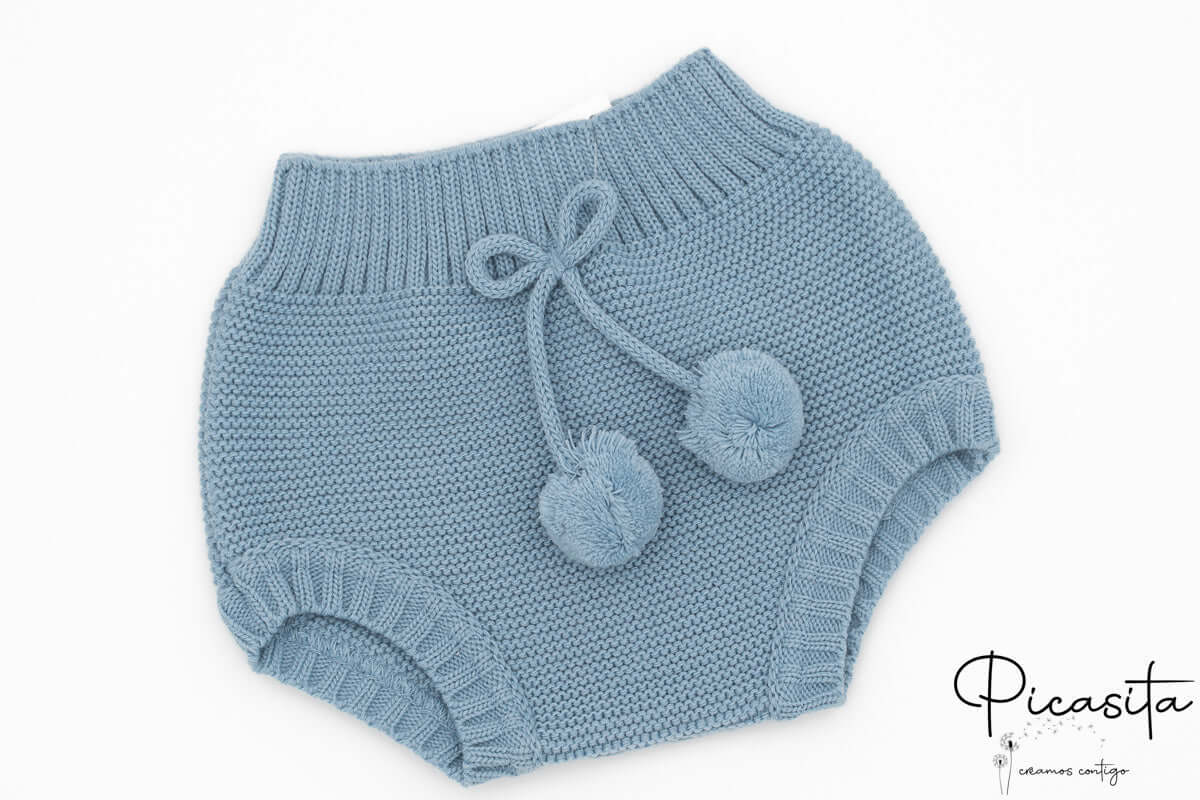
Transitioning from Bottle to Cup: A Guide for Happy Parents and Babies
, by Picasita Regalos Originales, 2 min reading time


, by Picasita Regalos Originales, 2 min reading time
Ready to say goodbye to the bottle? Discover how to make the transition to a cup a happy and successful process for your baby (and for you), with practical tips and the ideal time to begin this new stage.
The transition from bottle to cup is an important milestone in your baby's development. It marks a step toward independence and learning new motor skills. However, for many parents, this process can seem challenging. Don't worry! With the right information and a little patience, you can make this transition smooth and successful for both of you.
Experts generally recommend starting the transition between 6 and 12 months of age. Observe your baby: Does he sit up independently? Does he have good head and neck control? Does he show interest in what you eat and drink? These are signs that he's ready to start exploring the world of cups.
There are a wide variety of cups designed to facilitate this stage. The most common are:
![]()
Here are some practical tips to make the transition as smooth as possible:
When choosing a sippy cup for your baby, make sure it's made with safe materials and free of BPA, phthalates, and other harmful chemicals. Opt for sippy cups that are drop-resistant and easy to clean. Your baby's safety is paramount.
The transition from bottle to cup is an exciting stage in your baby's development. With proper preparation, patience, and the right cup, you can make this transition a positive and rewarding experience for both of you. Enjoy this new milestone!


